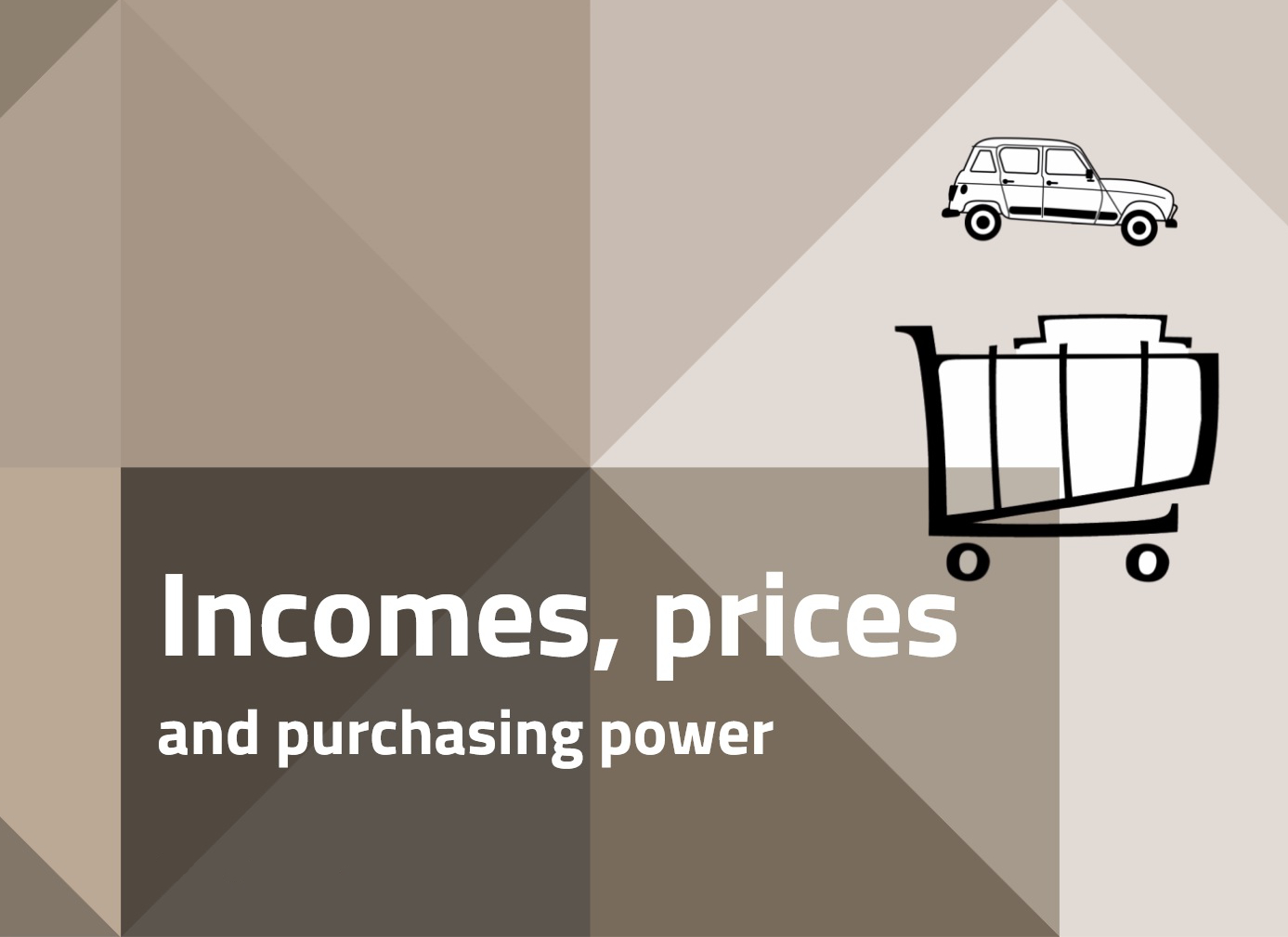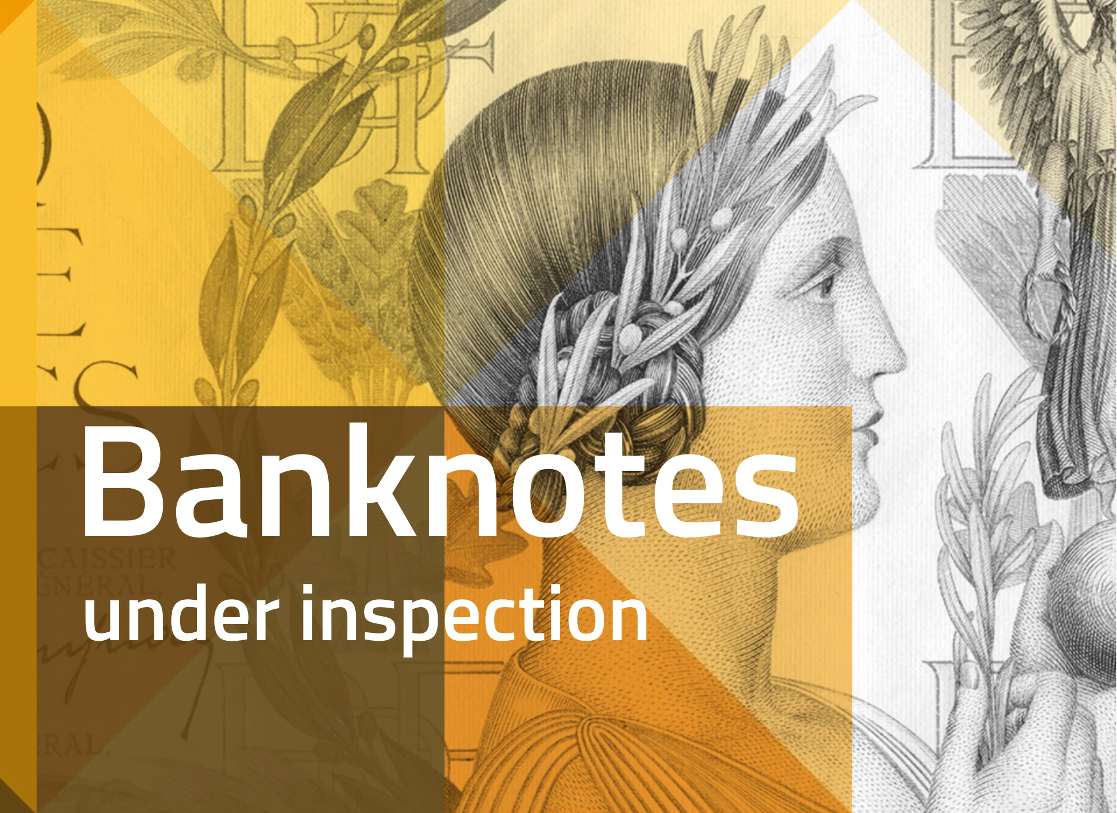Twice a year, the weekly magazine The Economist collects data on the price of a McDonald’s Big Mac in around 50 countries or monetary regions (including the euro area) around the world.
As the Big Mac is more or less identical wherever it is sold, The Economist can compare prices between countries. Dividing the price of a Big Mac in one country with the price in another country gives a ratio, which can then be compared to the exchange rate between the two countries to assess whether their currencies are over- or undervalued.
The Big Mac index, and the interactive graphic above, are thus useful tools for understanding the theory of purchasing power parity and the concept of currency under- and overvaluation.
Invented in 1986, the Big Mac index is often cited in the press and has been used in various economics textbooks and studies. It is frequently the subject of lively debate.
Language: english
Big mac index
For further details on the features and limits of the Big Mac index, click on:
- A note by the Bruegel Institute on what the Big Mac index tells us about the euro area
Published on 16 January 2014. Updated on 13 June 2024




